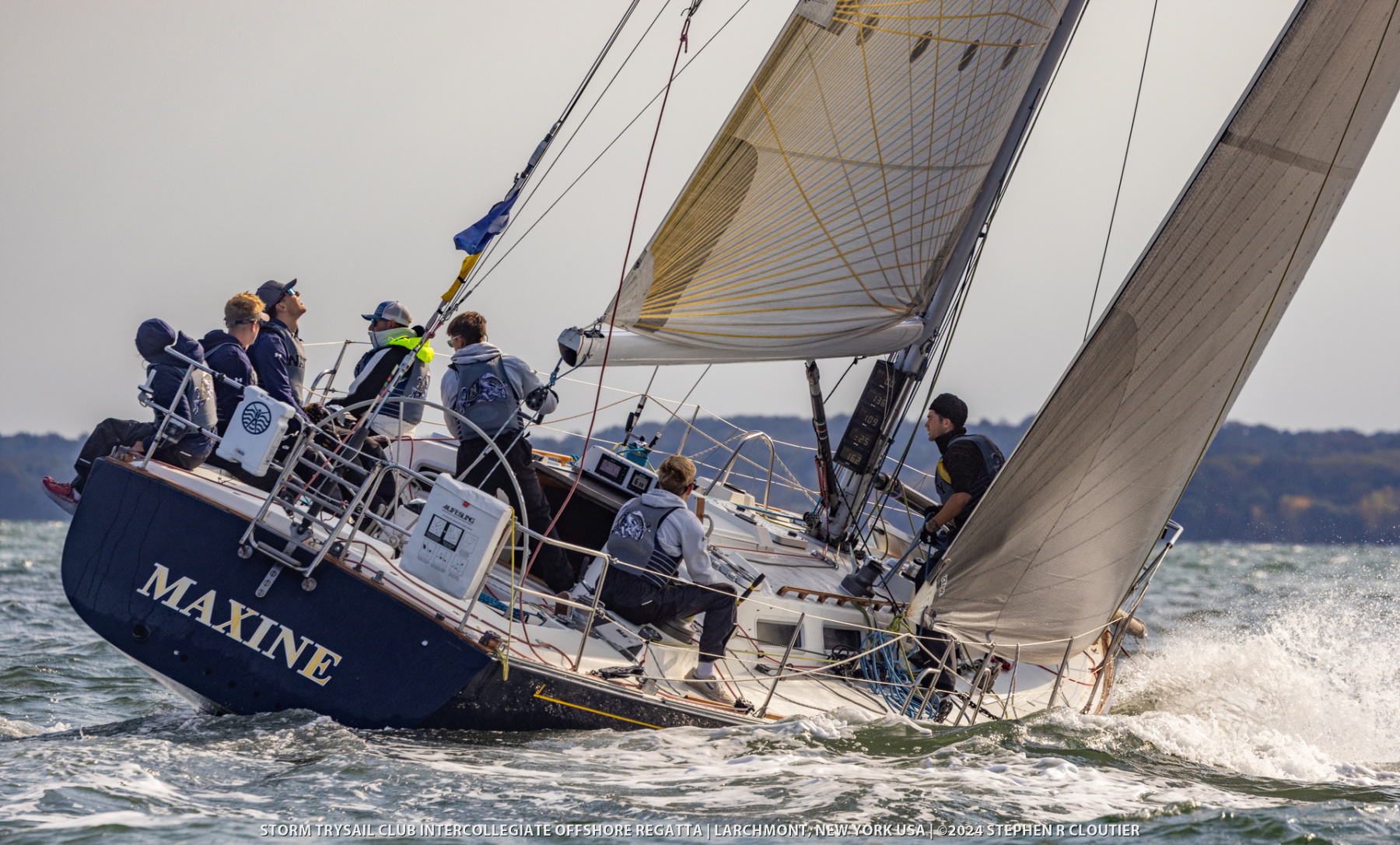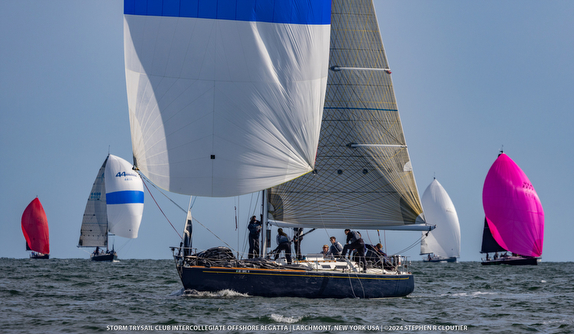J/Boats Adds “Performance Trophy” for the Marion-Bermuda Race

(Newport, RI)- J/Boats have been standout participants in the Marion-Bermuda Race for decades, demonstrating exceptional design for endurance and performance on the open ocean. This recognition not only honors J/Boats’ achievements, but also encourages more sailors to explore the Marion-Bermuda Race, showcasing the skill and endurance needed in offshore competitions. For 2025, there will be a “J/Boats Performance Trophy” awarded during the Awards Ceremony in Bermuda.
To give a J/Boat the best chance at winning the Marion-Bermuda Race, you’ll need to factor in the scoring system, the boat’s performance in varying conditions, and the overall race strategy. Both PHRF Time on Time (ToT) and ORR F-TCF (Offshore Racing Rule – Forecast-Time Correction Factor) scoring have pros and cons for J/Boats. And, the choice between them can significantly impact the boat’s competitive edge.
Here’s a closer look at each option and why a J/Boat is a strong contender for the Marion-Bermuda Race.
Scoring System Comparison: PHRF ToT vs. ORR F-TCF:
PHRF Time on Time (ToT) Scoring:
• Advantages: PHRF ToT is generally simpler and often better suited for boats that perform well across a variety of conditions rather than relying on a specific wind angle or speed. It could favor boats like J/Boats that are balanced performers and are generally easy to handle, making them competitive across variable weather.
• Considerations: PHRF ToT tends to provide a flatter correction, which might disadvantage J/Boats slightly if they encounter boats with extreme characteristics that excel in only particular conditions (e.g., fast planing boats in high winds).
ORR F-TCF Scoring:
• Advantages: The ORR system is more complex and takes into account a broader range of performance factors such as wind velocity, wave conditions, and boat-specific characteristics. This can benefit J/Boats, especially if the wind and sea conditions are favorable for their design characteristics over long distances.
• Considerations: ORR F-TCF can be challenging to manage in races where a simple correction is preferred, but it might yield better results for a J/Boat if conditions align well with their strengths. The Marion-Bermuda Race has historically seen a range of conditions, and ORR’s adjustments could offer a scoring advantage for the J/Boat’s versatility.

Why J/Boats Are Well-Suited for the Marion-Bermuda Race
• Design for Offshore Performance: J/Boats are well-regarded for their strong upwind and reaching capabilities, which are essential in a race that spans a mix of conditions from light to heavy winds. They’re typically stable in a seaway, which is advantageous over the 645-mile course where seas can range from light swells, to rougher Atlantic waves, and massively choppy Gulf Stream waves.
• Ease of Handling: The Marion-Bermuda Race allows for both experienced crews and double-handed entries. J/Boats are designed with simplified rigging and sail-handling systems that work well for short-handed crews, a significant benefit over an extended offshore race.
• Balance and Speed: J/Boats tend to strike a good balance between cruising comfort and competitive speed. This combination suits the Marion-Bermuda Race, where boats are rated with liveaboard cruising comforts and are required to sail across different wind and weather systems.
• Competitive History: J/Boats have a solid record in the Marion-Bermuda Race, with a proven ability to achieve top placements on the podium.
A well-prepared J/Boat with experienced crew, optimized sail inventory, and proper race strategy can have a strong showing in the Marion-Bermuda Race. So, register now and take advantage of the early registration discount!!
Start date: June 20, 2025. Do you have a specific question? email: race@marionbermuda.com
For further Marion Bermuda Race sailing information
https://www.marionbermuda.com
